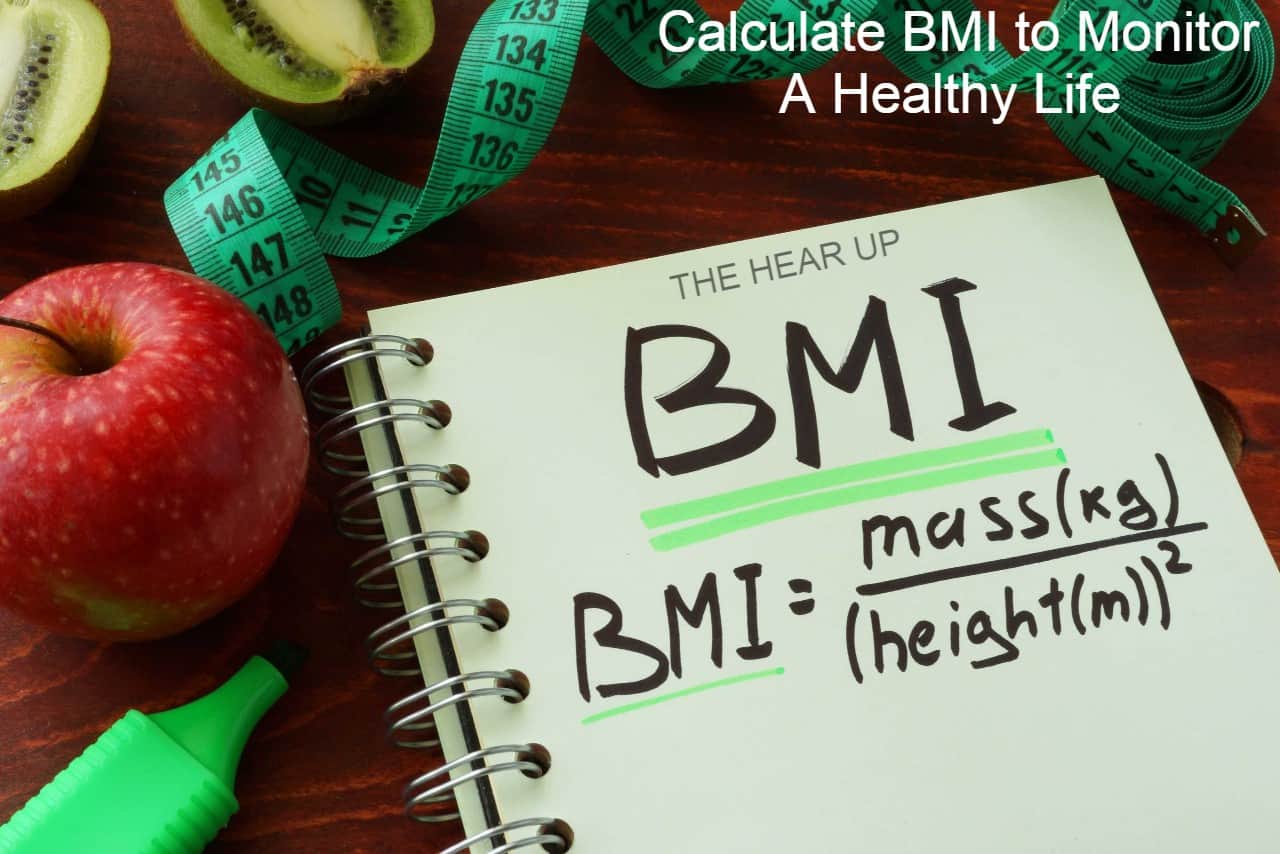Latest News
Calculate BMI to Monitor A Healthy Life

Calculate BMI
Discover the factors that body composition depends on. Know some of the techniques to control it and keep it under control.
The analysis of body composition is useful to know what is the nutritional status of a person and, therefore, their state of health, since to a large extent one is a reflection of the other. It is a way of knowing how diet, physical activity, and even other factors, such as certain diseases influence our body.
- Body components
- Techniques for determining body composition
It can be applied both at a clinical level or for the study of obesity, as well as for the world of sports, since it allows to identify states of malnutrition, evaluate the degree of obesity, the distribution of fat, and determine muscle mass. Within the field of sports, knowing the body composition is essential to be able to adapt training and diet to obtain greater sports performance.
Body components
Water is the majority component, and it covers two thirds of our body weight. If we consider the bicompartmental body composition pattern, we can differentiate 2 compartments:
The one with fat mass
In general, fat mass is divided into two large deposits, the subcutaneous and the visceral, and with the new analysis techniques, muscle fat, located between the muscle fibers, can also be assessed. Fat deposit varies with age, but it also varies according to sex, since it is considered that the ideal percentage of fat in a man is between 8 and 15% of his total body mass, while in women it will be between 13 and 20%. In general, the body of men has a certain tendency to accumulate fat at the visceral level and women at the subcutaneous level, regardless of the state of overweight or obesity. With age, body patterns resemble each other, as visceral fat increases in women in the menopausal period. An excess of body fat, especially at the visceral level, is considered a risk factor for health, which predisposes to various chronic diseases such as cardiovascular diseases, diabetes mellitus, etc. Hence the importance of determining the percentage of body fat prevalent in cases of overweight/obesity.
The fat-free dough
It covers bone mass, muscles, water, and the rest of the non-fat organs and tissues. Muscle mass represents 50% of this compartment, and it is one of those that is most valued at the sports level, since in many disciplines a greater proportion of muscle mass is required compared to fat. Although everything depends on the sport and its demands, not only at the level of body composition, but also at the level of complexion and size of the athlete.

Techniques for determining body composition
There are a variety of techniques for determining body composition. Anthropometric techniques are simple and cheap in terms of equipment but require a lot of skill on the part of the person taking them. For this type of assessment, measurements such as weight, height, body circumferences, skin folds, etc. are taken. And with them, parameters such as the Body Mass Index (BMI) and the waist/hip circumference ratio are also calculated, which help define body composition although they have some limitations.
How to Calculate BMI
The BMI, which is calculated by dividing the weight (Kg) by the height squared (m), has the drawback of assuming that all excess weight is related to fat gain, so the BMI would not be applicable to people with a large amount of muscle. A clear example is the case of bodybuilders, who are overweight due to an increase in muscle mass, not fat.
The waist / hip ratio helps to assess the regional distribution of body fat, but in this case the measurements may be more arbitrary, especially when the person has fat located in areas other than the waist.
Skinfold assessment provides very good information on the amount of body fat and is a good method of analysis, provided it is done expertly. For this, a lipocaliber is used, and the tricipital, subscapular, and iliac creases are usually measured. Equations are also made with these measurements that provide information on body fat and its distribution in the body.
Sebastian was born and raised in the busy city of Abbottabad. As a journalist, Saad Mushtaq has contributed to many online publications including the PAK Today and the Huffing Post. In regards to academics, Saad Mushtaq earned a degree in business from the Abbottabad UST, Havelian. Saad Mushtaq follows the money and covers all aspects of emerging tech here at The Hear Up.Thanks










